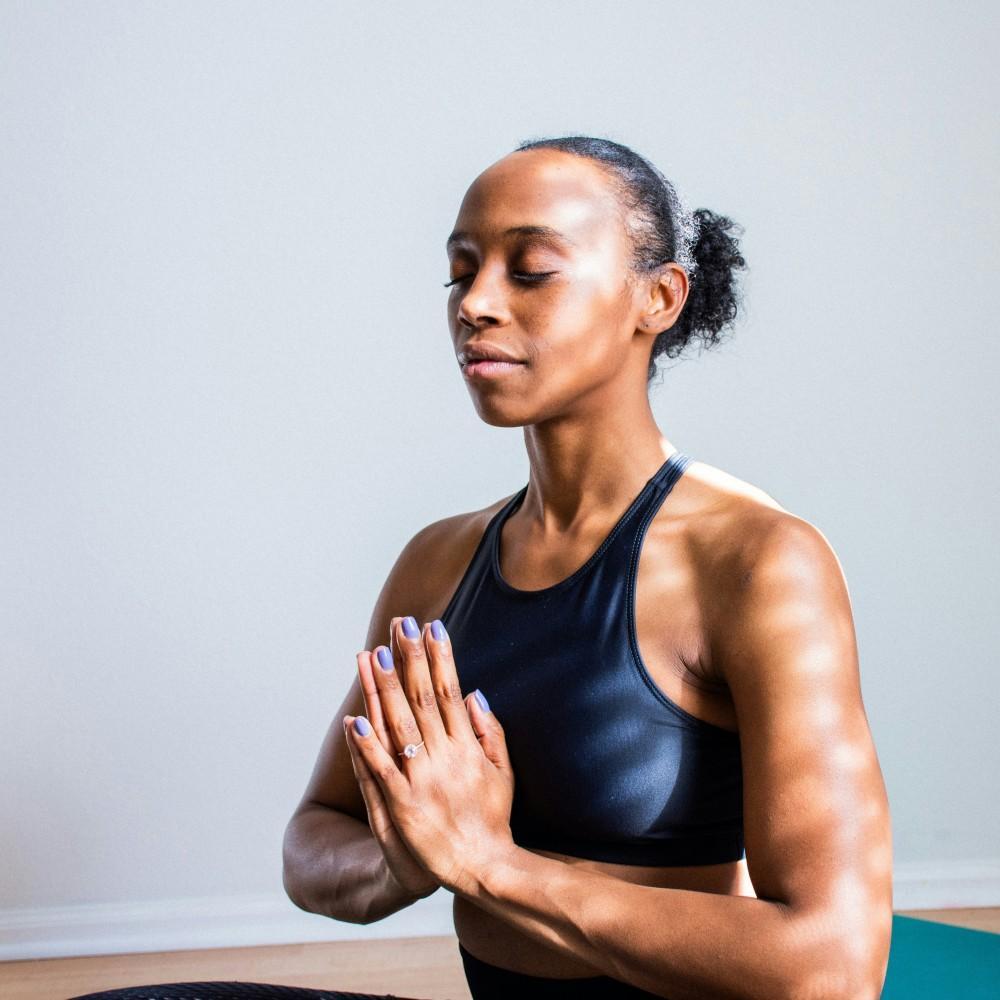
What is the Rotator Cuff?

What is the rotator cuff?
The rotator cuff is a group of four tendons that stabilize the shoulder joint.
Each of the four tendons hooks up to a muscle that moves the shoulder in a specific direction. The four muscles whose tendons form the rotator cuff are:
Subscapularis Muscle: a large triangular muscle that fills the subscapular fossa and inserts into the lesser tubercle of the humerus and the front of the capsule of the shoulder joint. The subscapularis muscle rotates the head of the humerus medially (internal rotation); when the arm is raised, it draws the humerus forward and downward. It is a powerful defense to the front of the shoulder joint, preventing displacement of the head of the humerus.
Supraspinatus Muscle: a relatively small muscle of the upper limb that takes its name from its origin in the supraspinous fossa superior to the spine of the scapula. It is one of the four rotator cuff muscles and also abducts the arm at the shoulder. The spine of the scapula separates the supraspinatus muscle from the infraspinatus muscle, which originates below the spine. Contraction of the supraspinatus muscle leads to abduction of the arm at the shoulder joint. It is the main agonist muscle for this movement during the first thirty degrees of its arc. Beyond thirty degrees the deltoid muscle becomes increasingly more effective at abducting the arm and becomes the main propagator of this action.
Infraspinatus Muscle: a thick triangular muscle, which occupies the chief part of the infraspinatus fossa. It is an external rotator of the glenohumeral joint and adductor of the arm. The infraspinatus and teres minor rotate the head of the humerus outward (external rotation); they also assist in carrying the arm backward.
Teres Minor Muscle: a muscle with origin from the lateral border of the scapula, with insertion in the great tuberosity of the humerus, with nerve supply from the axillary nerve from the 5th and 6th cervical nerves, and whose action adducts the arm and rotates it laterally. The infraspinatus and teres minor muscle also help hold the humeral head in the glenoid cavity of the scapula.
As you can see, the rotator cuff is vital in all of the movements of our shoulders. Without it, we couldn’t throw a ball, comb our hair, or even scratch our backs.
At BBC Health, we utilize primary care, physical medicine, chiropractic, and physical rehab in order to heal and prevent rotator cuff injuries. Contact us to see how we can help your shoulders stay strong!
You Might Also Enjoy...


How You Can Prevent Injuries

Rediscover Comfort: Exceptional Physical Medicine & Chiropractic Care at BBC Health Lewisville

Chiropractic Care During Pregnancy: A Safe Path to Comfort and Natural Delivery

BBC Health in Lewisville: Serving Veterans and Their Families with CHAMPVA



